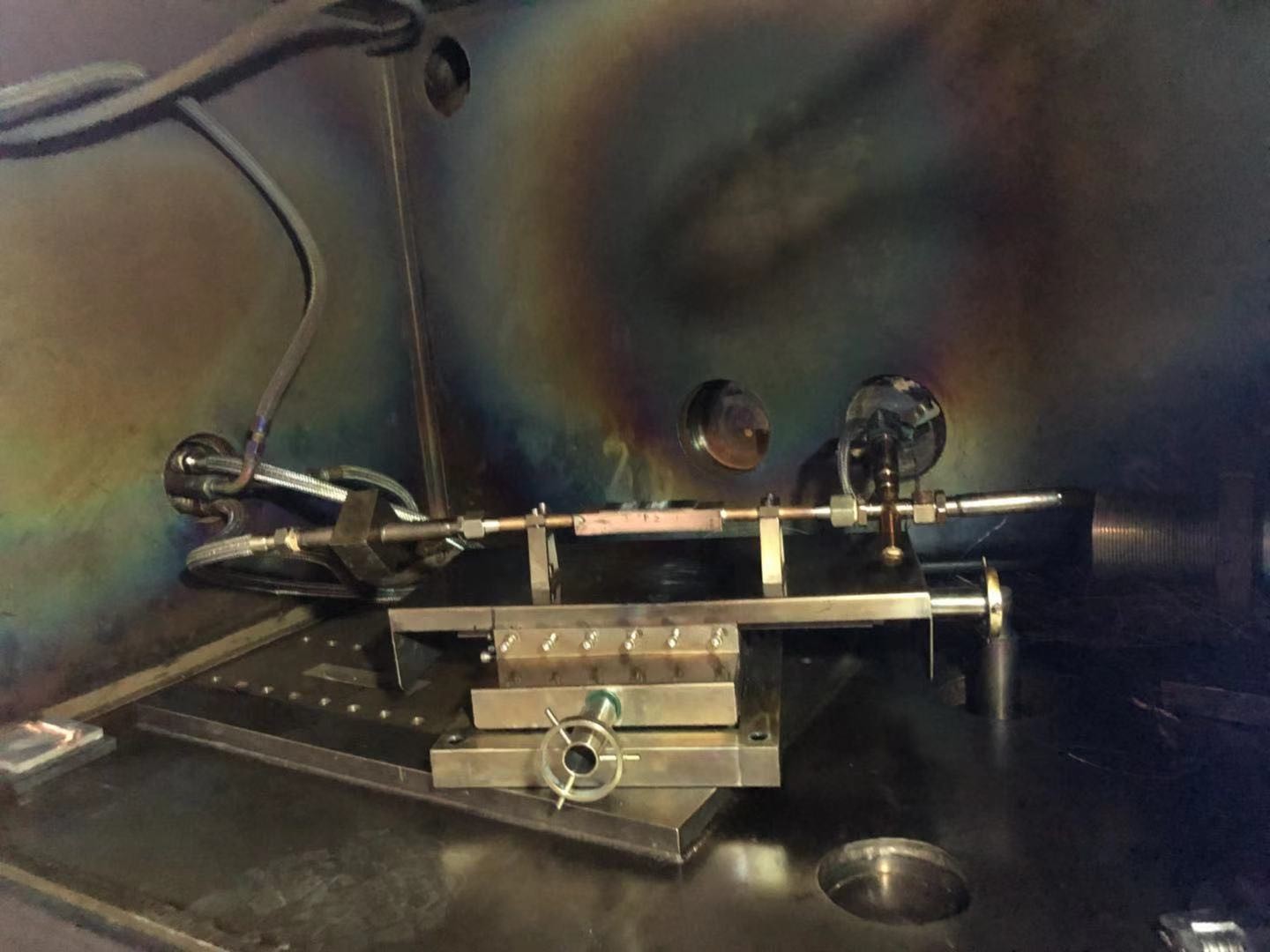
20MW m-2 was reached! A research team led by prof. YAO Damao from the Institute of Plasma Physics of the Hefei Institutes of Physical Science (HFIPS) made important progress in the development of ultra-high thermal load tungsten divertor components.
As important components of the nuclear fusion device, divertors - designed to handle power exhaust - is one of the key issues for next step fusion reactors.
The team developed a kind of flat-type high heat load tungsten mock-up. It consisted of 2mm thickness pure tungsten bonded to pure copper and brazed to CuCrZr heat sink, with 1mm oxygen-free copper as interlayer.
Besides, special thermal transfer structure was designed in the heat sink, which significantly improved the heat transfer efficiency. The heat removal capacity of the mock-up was upgraded from the initial 5MW-2 in 2017 to 15MW m-2 in 2018, and then reached 20MW m-2 currently.
The mock-up withstood successfully 1,000 cycles of high heat flux (HHF) test of 20MW m-2 (15 seconds on and 15 seconds off) on the electron beam facility. The tungsten surface temperature was maintained within 930°C less than the recrystallization temperature of pure tungsten (1200°C).
After 1,000 cycles of HHF tests, there was no obvious degradation of the heat transfer performance and damage of the mock-up.
The next step is to apply the technology to the Experimental Advanced Superconducting Tokamak (EAST) tungsten divertor to demonstrate its reliability and suitability for high-performance long-pulse plasma.

Figure 1a. The sample picture before 1000 cycles heat load of 20MW m-2 (Image by LI Lei)

Figure 1b. The sample picture after 1000 cycles heat load of 20MW m-2 (Image by LI Lei)

Figure 2. The electron beam testing device (Image by LI Lei)

86-10-68597521 (day)
86-10-68597289 (night)

86-10-68511095 (day)
86-10-68512458 (night)

cas_en@cas.cn

52 Sanlihe Rd., Xicheng District,
Beijing, China (100864)

